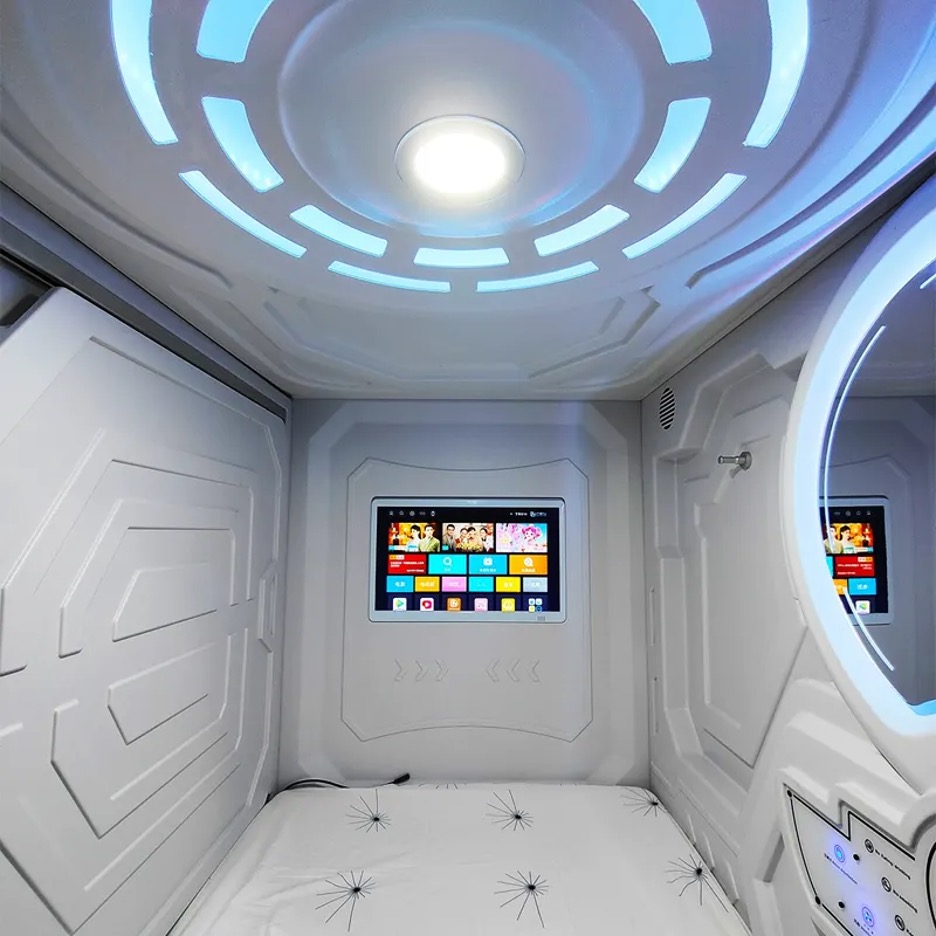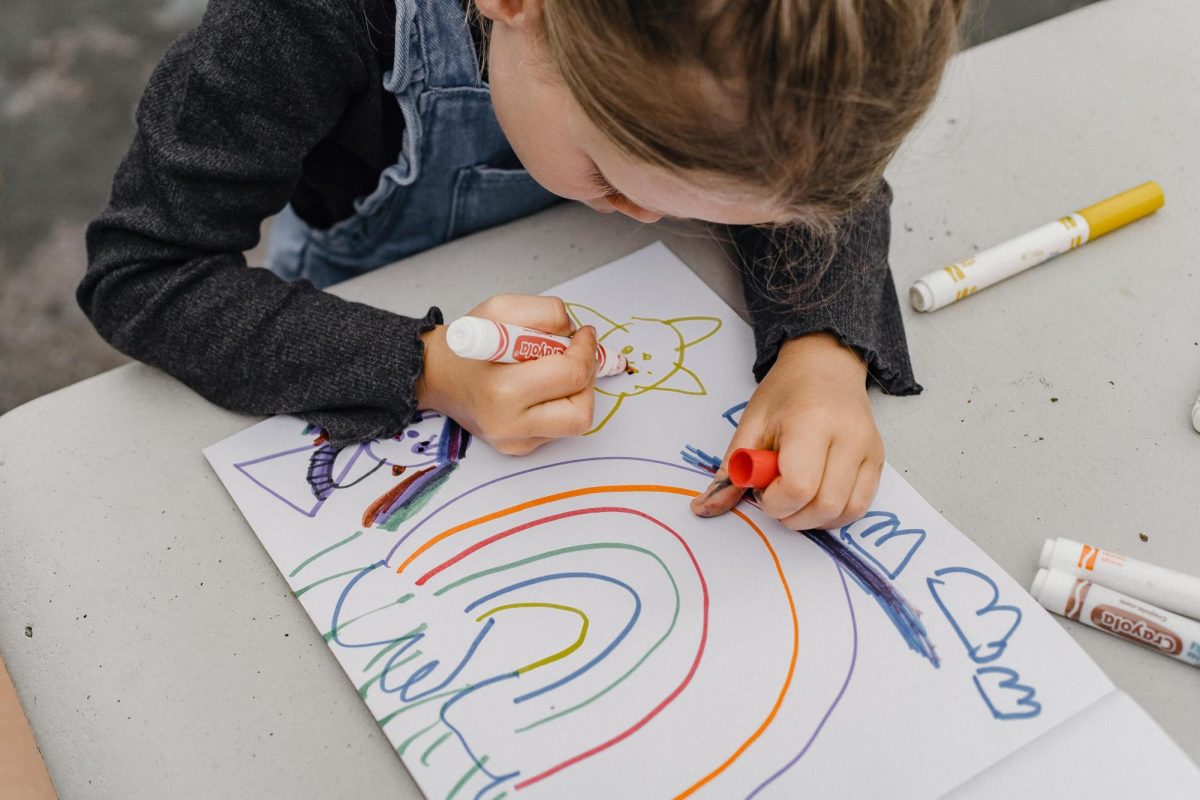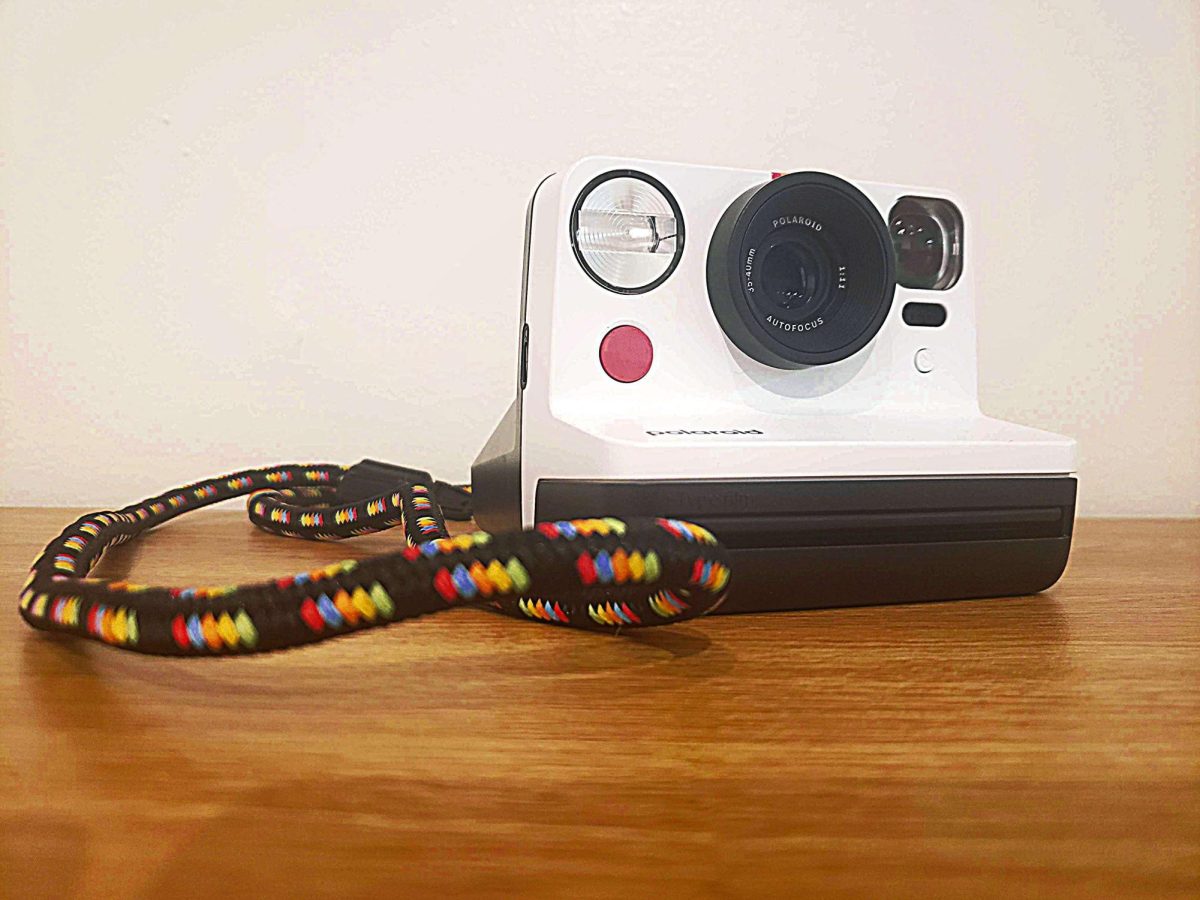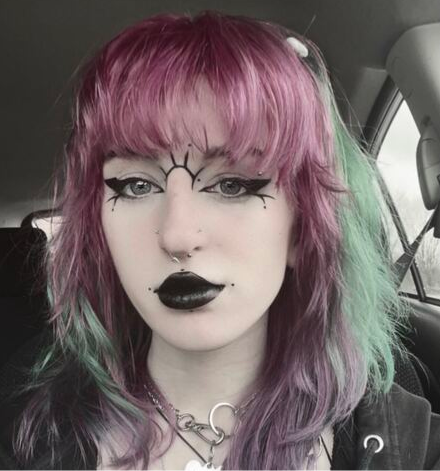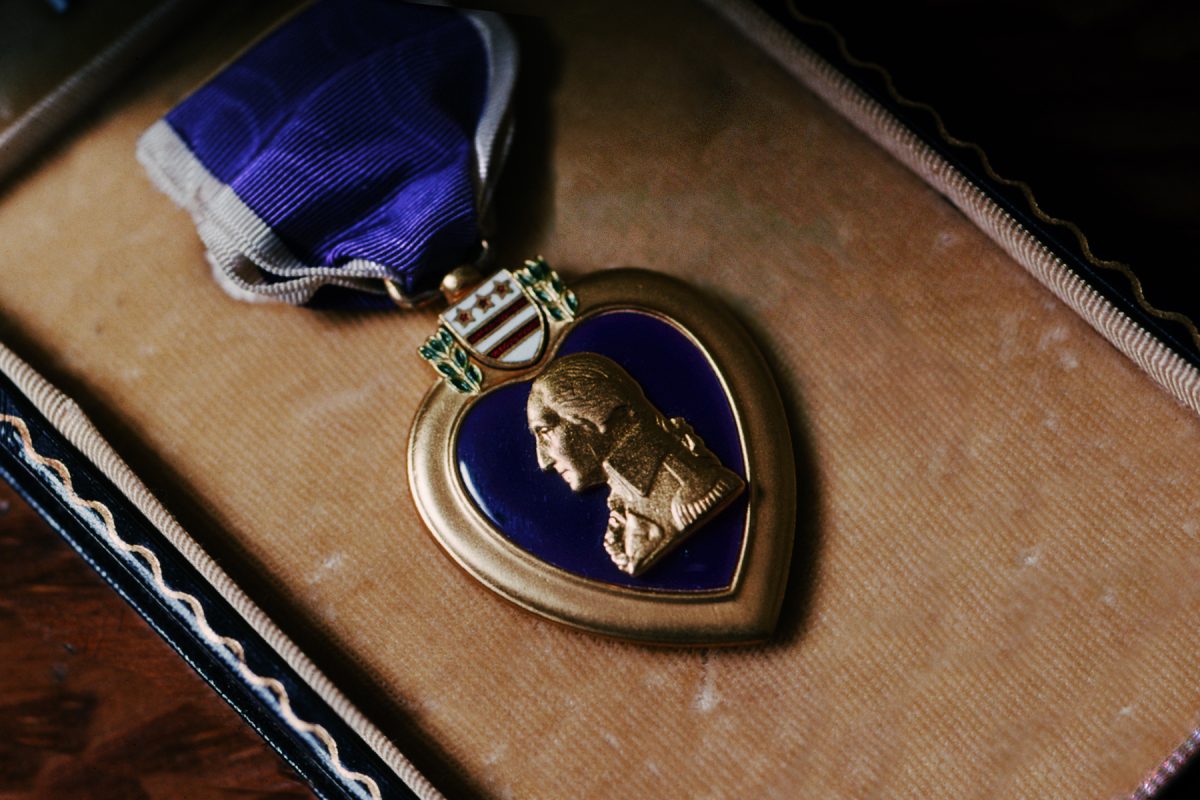By: Selena Soto
Welcome, readers, to a new column bringing you information on all things self-care. Maybe you’re new to the idea of self-care, looking for ways to create a self-care routine, testing the various waters of self-care or you just want to learn more about it. Whatever it is, be my guest and read on. Let’s embark on this self-care journey together.
When we think about self-care, certain ideas and pictures may automatically pop into your head. Yoga, exercise, eating better or even going on more vacations are all common examples. My current self-care routine includes taking naps when I can, treating myself to grande Pink Drinks or Iced Matcha Lattes from Starbucks, trips to Barnes and Noble to support my book obsession, and binge watching “The Vampire Diaries.” Most of us may have really bad days and go through difficult life experiences and challenges. During these times, practicing self-care can be as simple as making sure you are eating or staying hydrated.
The beauty of self-care and creating a self-care routine is that it can be personalized and tailored to meet your needs.You get to define self-care for yourself. We all come from different backgrounds and our budgets can be incredibly different, so it’s important to know that self-care includes what you can afford and can practice within your current life schedule. It can also change over time. Today I may go treat myself to a Pink Drink from Starbucks, but I can’t afford to do that every day, so instead, I may go home and watch an episode or two of The Vampire Diaries. Also, don’t underestimate the power of a good nap. You can wake up any day and decide that you want to switch up your self-care. That’s the beauty of choice, it’s completely up to you.
So what is self-care? One definition of self-care provided by the American Psychological Association (APA) states that self-care includes “activities required for personal care, such as eating, dressing, or grooming, that can be managed by an individual without the assistance of others.” Another article posted on the APA website defines self-care as “providing adequate attention to one’s own physical and psychological wellness.” Self-care includes personal care or taking care of ourselves and there is an important component of self-care that includes paying attention to the overall well-being of an individual, which leads to the question of what overall well-being includes. In the definition above, physical and psychological wellness is mentioned, but there are other components of overall well-being that exist as well. Included in an article by the National Library of Medicine, it is stated that overall well-being is a “multi-dimensional construct that considers a range of important life domains related to work, finances, emotional health, physical health, and behavioral risks, as well as the quality of one’s social connections and community.”
I know that there are a lot of definitions, but bear with me. What that last definition is saying is that overall well-being includes paying attention to the different areas of our lives. These include emotional, physical and mental health, as well as relationships and our financial states. For a better visual description, I’ve included a diagram about the “multidimensional construct” of overall well-being that pertains to these different areas. Sometimes a visual depiction proves more beneficial than a bunch of big and fancy words. Self-care is all about personal care, which includes one’s overall well-being. This includes multiple areas, once again both physical and mental health come to mind. So in practicing self-care, I am attending to my personal care needs as well as my overall well-being.
I struggle with allowing myself to rest without feeling guilty for it. Not taking time to rest when my body was screaming at me to do so led me to experience burnout throughout my education–from my undergraduate years to being a current second year master’s student. As a result, choosing to take naps and watching a show or two of The Vampire Diaries is a form of resting and paying attention to my physical needs. Also, having good rest helps keep me energized more throughout the day, which positively influences my work ethic in classes and internship experiences. Although I still have work to do with my own self-care, I’m hoping that these examples provided some clarification on the importance of self-care and overall well-being and why talking about one needs to be discussed with the other.
The Substance Abuse and Mental Health Services Administration (SAMHSA), provides an awesome model of overall well-being referred to as the Wellness Wheel/Model. This model includes the eight dimensions of wellness, in which each dimension or area is connected to another and builds upon each other. Not paying attention or working on one area can lead to complications or challenges within the other areas, so there is an aspect of creating a healthy balance between the dimensions. The eight dimensions of the model are “emotional, spiritual, intellectual, physical, environmental, financial, occupational, and social.”
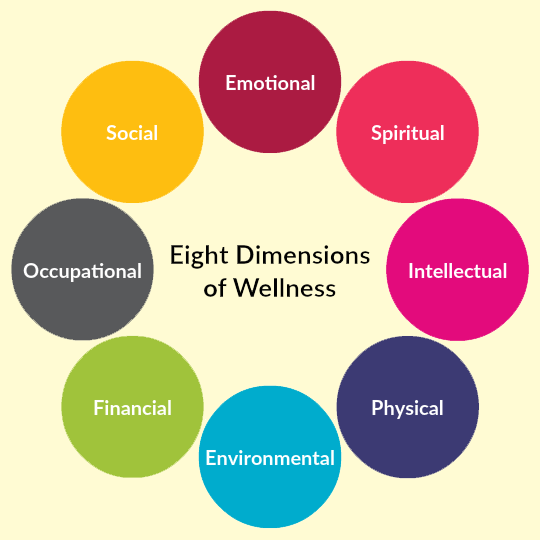
Photo courtesy of Wikimedia Commons
I hope this was helpful. In next week’s column, I will go through each of these dimensions in detail, so that you can get a better idea of what each dimension includes. For now, I encourage you to look at the eight dimensions in detail and think about which areas in your life may need some more attention or working on. Do not be hard on yourself though. We all have things we need to work on, and I will be the first one to admit to it. I also encourage you to think about what self-care means to you. If you want to start practicing self-care, create a self-care routine or add or change up an existing one, what does that look like for you? If you are ready to start practicing self-care, one of my favorite ideas is treating yourself to some good food. The important thing is to start thinking about it today. Remember, that small actions can have a ripple effect; until next time, my friends.


